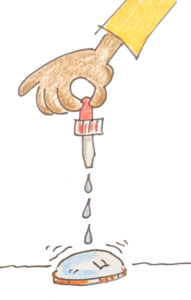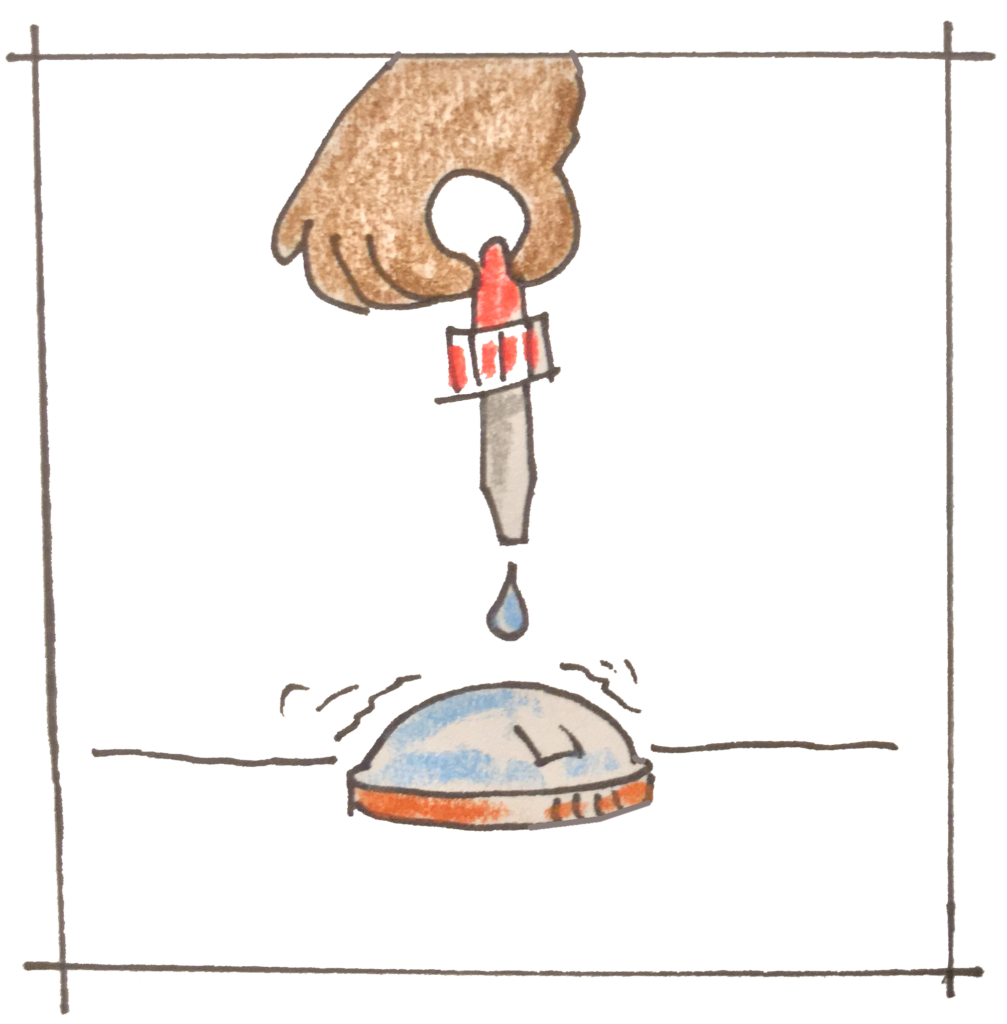 |
While hanging out at home
you might want to check out these GREAT activities from It’s an amazing site that lets you read about and then watch a short video about a simple activity that easy to do at home. |
Drops on a Penny has surprising results for children and adults. If the eyedropper is unfamiliar take a few minutes practicing dripping drops of water into a cup of water. Then, drip water onto a penny, one drop at a time. Count to find how many drops of water on the penny before it spills off the side. You see a heap of water, almost a pillow, form on the penny.
There are so many ways to extend this activity. Compare the results if you use the top or the bottom of a penny, a clean or discolored coin, worn or brand new coin, try a nickel or a quarter, drip slowly and let the water settle between drops or drip quickly, drip close to the puddle of water or from an inch or two above the water, etc.Â
Do you have older children at home? TeachEngineering.com has a resource for the same activity that’s a bit more of a challenge. You’ll need rubbing alcohol and oil.
Toothpick Stars Use five toothpicks almost broken in half to create a star when water is added to the arrangement.
The video shows five toothpicks. What if you use four or six or seven? What if you use round toothpicks instead of flat toothpicks? If you have skewers in the kitchen, could you make larger stars? If you happen to break a toothpick in half by accident, could you make a smaller star? Can you let the toothpicks dry and repeat the activity? TRY IT!
Wrapper Worms are created when you drop water onto a scrunched straw wrapper.Â
What if you use half a wrapper? Can you let it dry and repeat the activity? What if you squish the wrapper while keeping it on the straw? Does it matter if you use cold or warm water? What if you drip water from each end of a wrapper worm? Can you use another kind of paper to create the same effect?Â
*and you could buy really fun science products.
Images by EGG!

